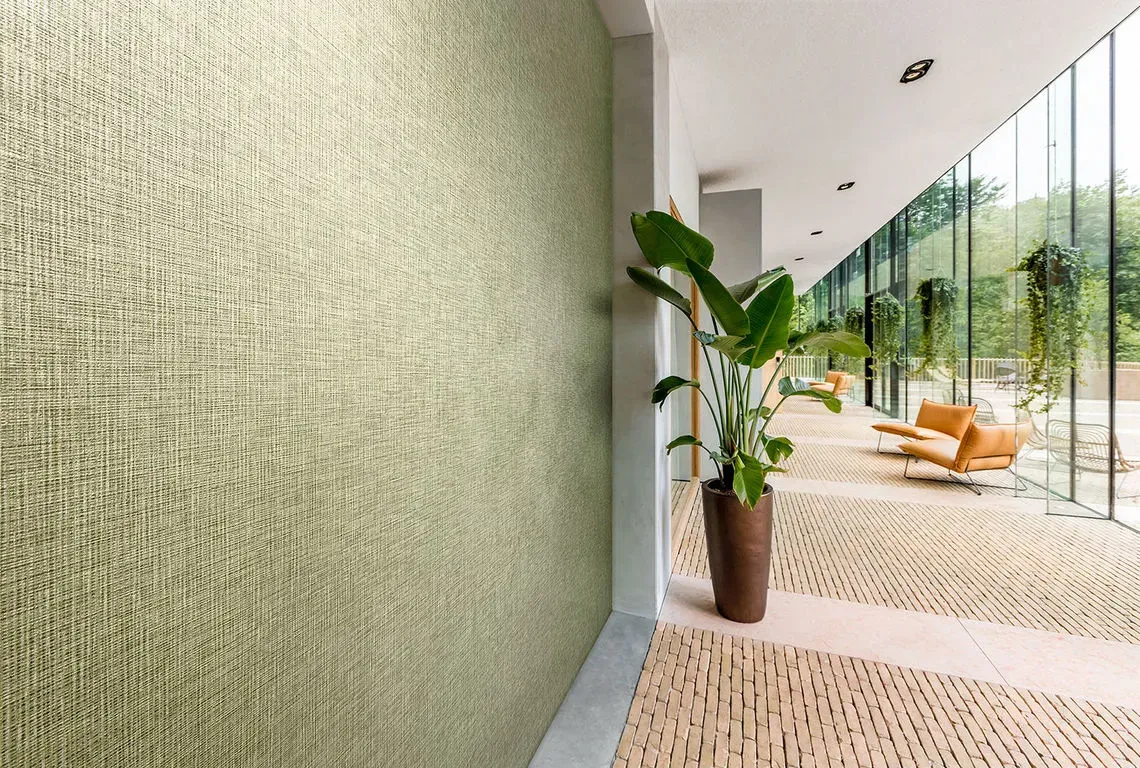Exploring the Intricacies of Skirting Lines in Modern Design and Aesthetics
Skirting Line A Seamless Integration of Style and Function
In the realm of interior design, every element plays a crucial role in creating a cohesive look, and one often-overlooked component is the skirting line. This design feature, commonly referred to as baseboards or skirting boards, is not just a practical element but also a stylistic touch that can elevate the aesthetics of a room. The skirting line serves multiple purposes, blending functionality with visual appeal in a seamless manner.
The Purpose of Skirting Lines
Primarily, skirting lines serve a protective function. They create a barrier between the wall and the floor, shielding both from potential damage. Without these boards, the edges of walls could be easily scuffed or marked by furniture and daily wear and tear. Skirting boards act as a shield, absorbing impacts and preventing the edges of walls from chipping. Additionally, they can help hide electrical wiring or plumbing fixtures that run along the base of walls, keeping the overall look of the space clean and organized.
Moreover, skirting lines play a significant role in enhancing the visual flow of a room. They can create the illusion of height or space, depending on their design and placement. For example, taller skirting boards can make a room feel more expansive and grand, while shorter ones might suit smaller, cozier spaces. The choice of material, color, and finish can also dramatically affect the room's ambiance. A sleek, high-gloss skirting line can impart a modern look, while ornate, intricately carved boards can evoke a sense of classic elegance.
Design Considerations
skirting line

When selecting skirting lines, several design considerations should be taken into account to ensure that they complement the overall decor. Firstly, the material of the skirting board is crucial. Options range from traditional wood to more modern materials like MDF or PVC. Wooden skirting offers durability and a timeless appeal, particularly when stained or painted. Conversely, MDF provides a cost-effective solution that can be easily shaped and painted, often mimicking the look of wood.
Next, the height and profile of the skirting line should align with the proportions of the room. In a room with high ceilings, opting for taller skirting can create a harmonious scale, while in more intimate spaces, a lower profile may be more appropriate. Additionally, the finish and color of the skirting should either contrast or harmonize with the walls and flooring. For a cohesive look, many designers choose skirting lines that match the color of the trim or door frames.
Installation and Maintenance
Installing skirting lines requires careful measurement and cutting to fit the contours of the room, especially in spaces with uneven floors or walls. DIY enthusiasts can take on this task with the right tools and guidance, but hiring a professional can ensure a flawless finish. Maintenance of skirting lines is straightforward; regular dusting and occasional cleaning with a damp cloth will keep them looking pristine.
Ultimately, the skirting line is more than just a functional strip of material. It is an integral part of interior style that can transform a plain room into a thoughtfully designed space. By considering the purpose, design, and installation of skirting lines, homeowners can enhance their interiors, adding both protection and character to their living spaces. In an age where attention to detail is paramount, the humble skirting line deserves its place at the forefront of interior design discussions.
-
modern-interior-solutions-with-durable-pvc-material-skirtingAug.22,2025
-
elevating-outdoor-spaces-with-premium-wood-material-skirtingAug.22,2025
-
Waterproof Advantages of SPC Flooring Vinyl in KitchensAug.06,2025
-
SPC Hybrid Waterproof Flooring Thickness GuideAug.06,2025
-
Leveling Subfloor Before My Floor SPC InstallAug.06,2025
-
How Mesh Deck Skirting Improves Outdoor Pest ControlAug.06,2025




